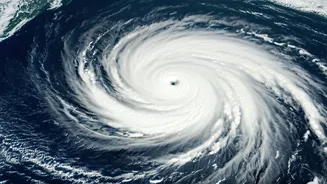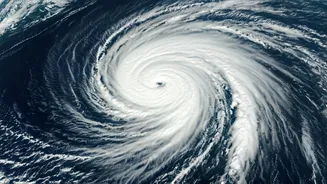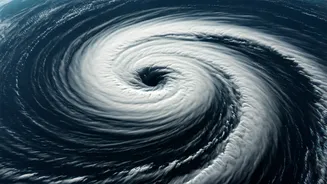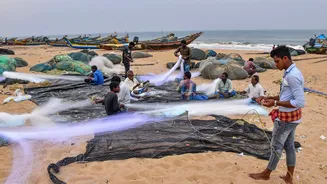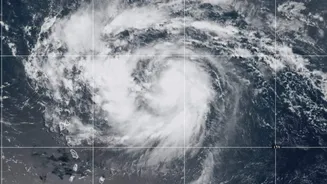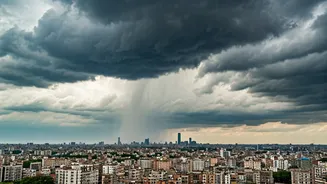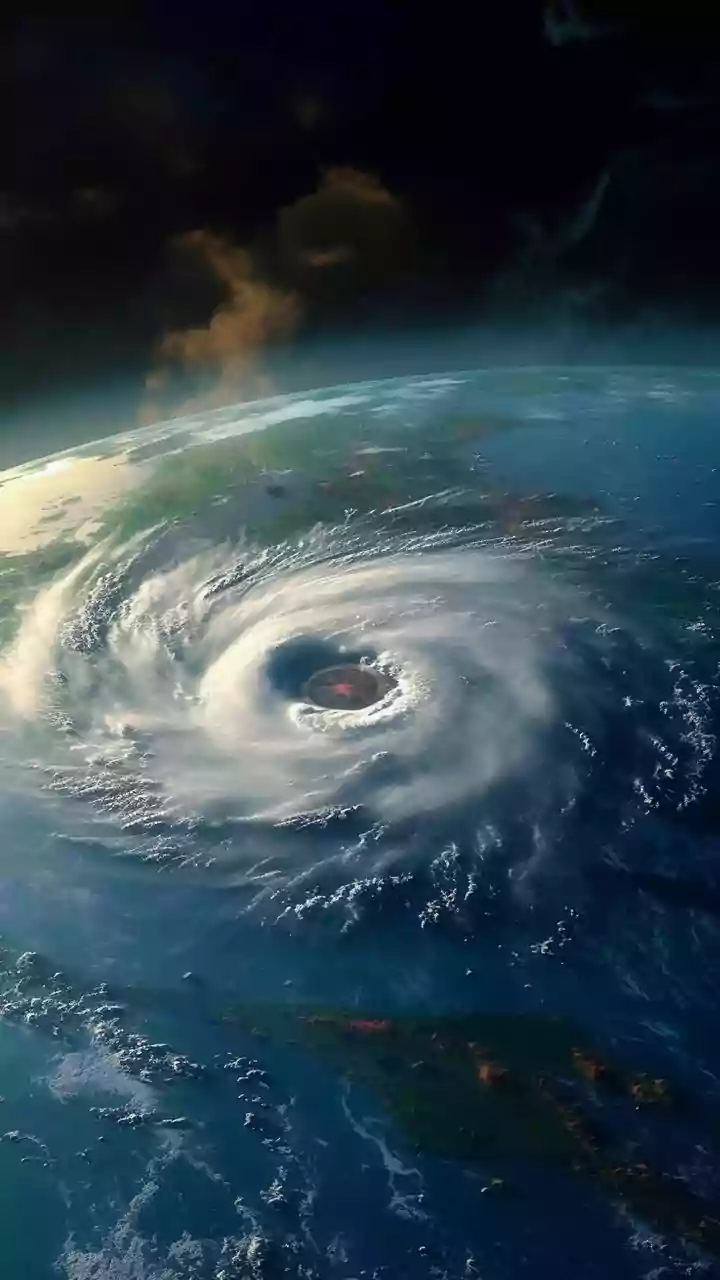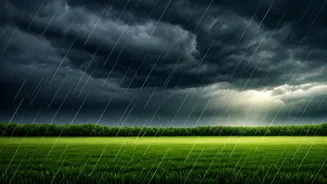Cyclones: Their Genesis
Tropical cyclones, known by various names such as typhoons or hurricanes depending on their location, begin their lives over warm ocean waters. For these
storms to develop, the sea surface temperature needs to be at least 26.5 degrees Celsius (80 degrees Fahrenheit). This warm water provides the energy and moisture needed to fuel the storm. As warm, moist air rises from the ocean's surface, it creates an area of low pressure. This air then cools and condenses, forming clouds and releasing latent heat, which further warms the surrounding air and causes it to rise more rapidly. This process creates a cycle where more air is drawn in, leading to the formation of thunderstorms. As these thunderstorms come together and organize, they begin to rotate due to the Earth's rotation, resulting in a tropical cyclone. The storm continues to intensify as long as it has a steady supply of warm, moist air and favorable upper-level winds.
Conditions For Development
The formation of a tropical cyclone is a complex process. Several factors must align for a storm to develop. The presence of warm ocean waters is the most critical element, as it provides the energy. The ocean depth also matters; the warm water needs to extend down a certain distance to provide sustained energy. Another key factor is the presence of the Intertropical Convergence Zone (ITCZ), a band of low pressure and converging winds near the Equator. This zone provides an environment that is favorable for the initial thunderstorm development that can lead to cyclone formation. Finally, weak wind shear, which is the change in wind speed or direction with height, is essential. Strong wind shear can disrupt the storm's structure, preventing it from intensifying. When these conditions are met, the stage is set for a tropical disturbance to grow into a tropical depression, then a tropical storm, and finally, a cyclone.
Naming Tropical Cyclones
Naming tropical cyclones is an important practice for several reasons. It helps in easy communication among scientists, disaster managers, and the public. Imagine trying to keep track of multiple storms without distinct names; it would become chaotic and confusing. Additionally, names make it easier for the media to report on the storm and for the public to understand what is happening. The naming process is managed by various regional specialized meteorological centers (RSMCs). These centers maintain lists of names that are used in a rotating fashion. For instance, the World Meteorological Organization (WMO) maintains lists of names for different ocean basins. The names are usually short, easy to remember, and reflect the cultural diversity of the region. This standardized naming system helps to enhance the efficiency of issuing warnings, tracking storms, and sharing critical information with those who are at risk.
Importance of Naming
The practice of naming cyclones is a crucial component of the early warning system, playing a significant role in saving lives and minimizing damage. When a storm is given a name, the media and the public can easily identify and follow it. This enhanced awareness can then lead to improved preparedness. Warnings and alerts that use a specific name are more likely to capture the attention of those who need to take protective action. The consistent use of names helps reduce confusion and allows for clear, concise communication about the storm's intensity, path, and expected impact. When individuals and communities can readily understand the threat posed by a cyclone, they are more likely to take steps to safeguard themselves and their property, such as evacuating or securing their homes.
